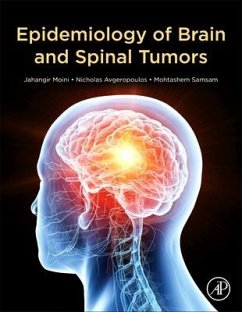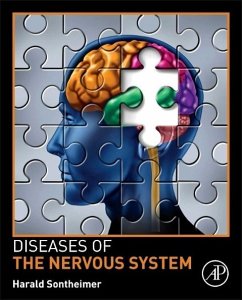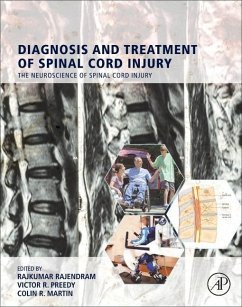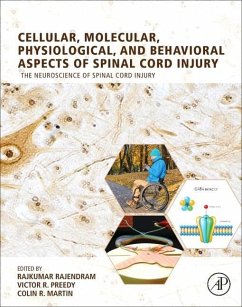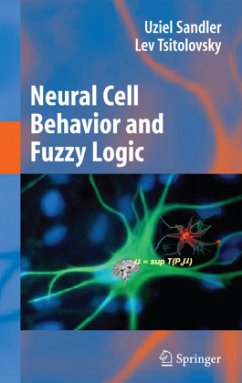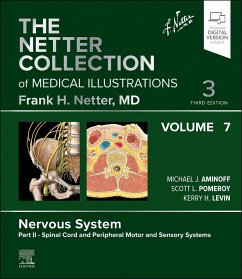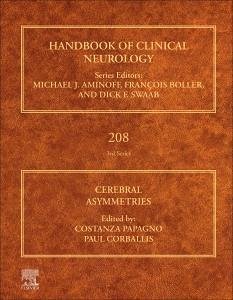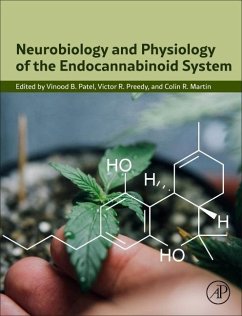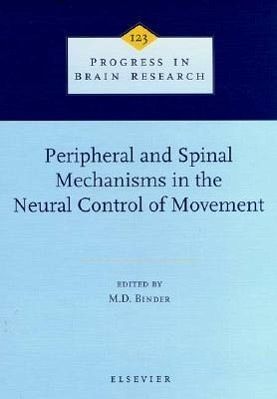
Peripheral and Spinal Mechanisms in the Neural Control of Movement
Volume 123
Herausgeber: Binder, M D

PAYBACK Punkte
135 °P sammeln!
In the last decade, we have witnessed a striking maturation of our understanding of how neurons in the spinal cord control muscular activity and movement. Paradoxically, a host of new findings have revealed an unexpected versatility in the behavior of these well-studied neural elements and circuits. In this volume, the world's leading experts review the current state of our knowledge of motor control, outline their latest results and developments, and delineate the seminal unresolved questions in this vibrant field of research. The volume begins with a commentary and overview of our current un...
In the last decade, we have witnessed a striking maturation of our understanding of how neurons in the spinal cord control muscular activity and movement. Paradoxically, a host of new findings have revealed an unexpected versatility in the behavior of these well-studied neural elements and circuits. In this volume, the world's leading experts review the current state of our knowledge of motor control, outline their latest results and developments, and delineate the seminal unresolved questions in this vibrant field of research. The volume begins with a commentary and overview of our current understanding of the peripheral and spinal basis of motor control. The remainder of the volume is divided into seven sections, each focused on a different problem. The first chapter in each section provides some historical review and presages the experimental findings and hypotheses that are discussed in subsequent chapters. Topics include the biomechanics of neuromuscular systems, the properties of motoneurons and the muscle units they control, spinal interneurons, pattern generating circuits, locomotion, descending control of spinal circuits, comparative physiology of motor systems, and motor systems neurophysiology studied in man. The book serves as a unique reference volume and should be essential reading for anyone interested in motor systems. Moreover, the volume's comprehensive coverage of a wide range of topics make it an effective textbook for graduate level courses in motor control neurobiology, kinesiology, physical therapy, and rehabilitation medicine.




